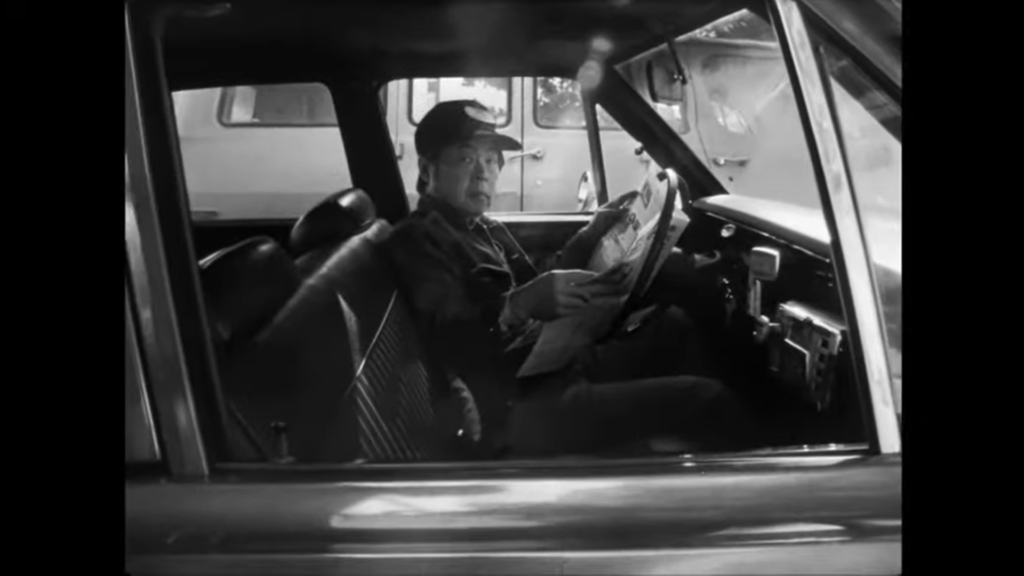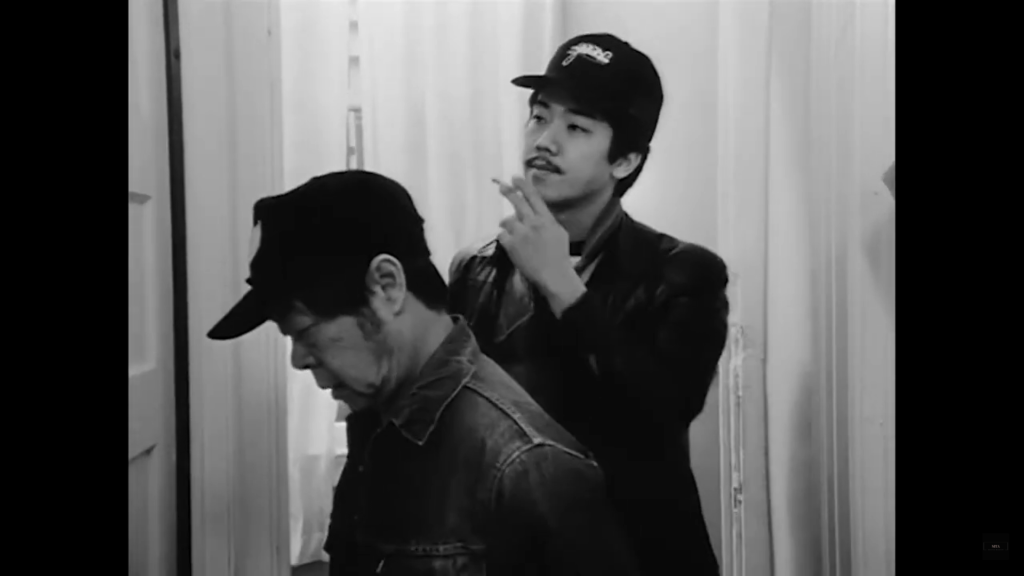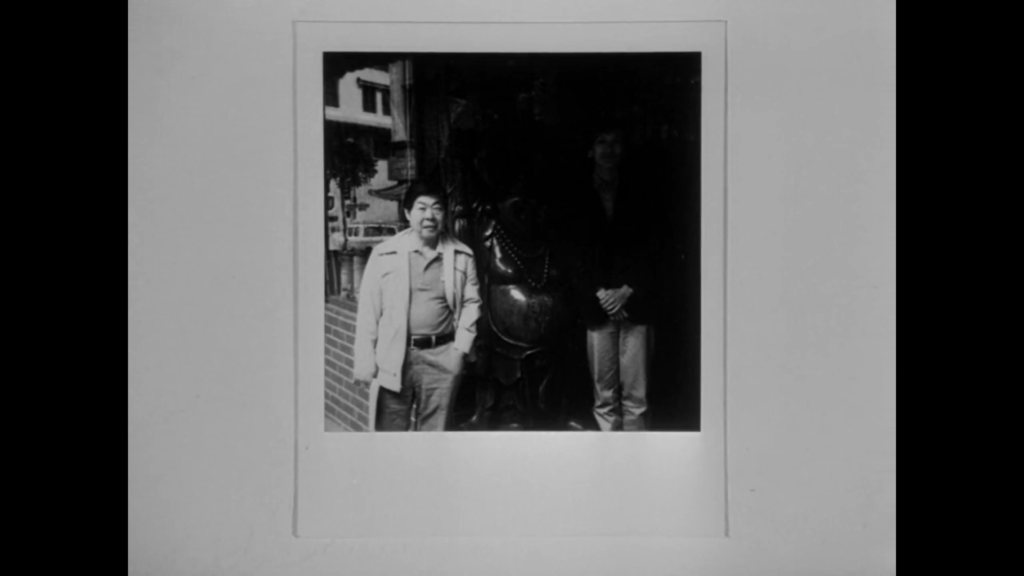| Andrea Buiser |

Chan is Missing plays at the Trylon Cinema from Friday, February 24 through Sunday, February 26. Visit trylon.org for tickets and more information.
“You guys are looking for Mr. Chan—why don’t you look in the puddle?”
Presco (Presco Tabios), Chan is Missing
Wayne Wang’s Chan is Missing is best described as a puzzle without a solution. By the end of the film’s 1 hour and 21 minutes, it suggests that the more you search for something, the harder it is to find. The movie tells the story of two taxi drivers in San Francisco’s Chinatown, searching for their missing friend Chan Hung. One of the taxi drivers, Steve, gave Chan $4,000 before he went missing and the story plays out as a detective story at first. However, Chan is Missing plays against expectations in more ways than one, as the film pivots and points to mystery and ambiguity in Chinese culture—more specifically, how what we don’t see is just as important as what we see.

The film is shot in a documentary style, using interviews with various residents of the neighborhood—some playing themselves and some not—to piece together the mystery of Chan’s disappearance. The quotidian interactions between the community members provide a rich tapestry that covers an indelible sense of time and place in San Francisco’s Chinatown. These scenes create moments that feel like inside jokes and winks to members of the Asian American community. There is a short scene of friends eating at a restaurant while they playfully fight for the duty of being the one to pay the bill for the table. Another group of adults sitting at a table debate ordering roast duck but decide against it because it’s too oily to have for lunch—an honest-to-god conversation my parents have had. The community members who are asked about Chan’s whereabouts claim to not know someone named Chan. They know him as “Hi Ho” because of the snacks he was frequently seen eating. The black-and-white, cinéma vérité cinematography only adds to the film’s appeal and contributes to the significance of one of the final, lingering images of the film: a photo of Jo and Chan, with Chan’s face framed in shadow.

Throughout Jo and Steve’s journey, they confront their own feelings of displacement and struggle to find their place in the community. When Jo says, “The problem with me is that I believe what I see and hear. If I did that with Chan Hung, I’ll know nothing, because everything is so contradictory,” director Wayne Wang uses Jo’s eventual acceptance of Chan’s unsolved, mysterious disappearance to illustrate the complexities and nuances that Chinese immigrant cultural identity brings to American society. The audience does not have a clear understanding of who Chan is, we only know others’ words about Chan. While on the surface reducing the identity of Chinatown to someone named Chan seems minimizing, Chan represents the diversity of the Asian American community—more specifically, how it is virtually impossible to distill it to one lived experience.
Chan is Missing represents American life in a way that no other film, before or after, could completely replicate. It is a vital and indispensable film of any genre, without any hyphen or modifier.
Edited by Olga Tchepikova-Treon
